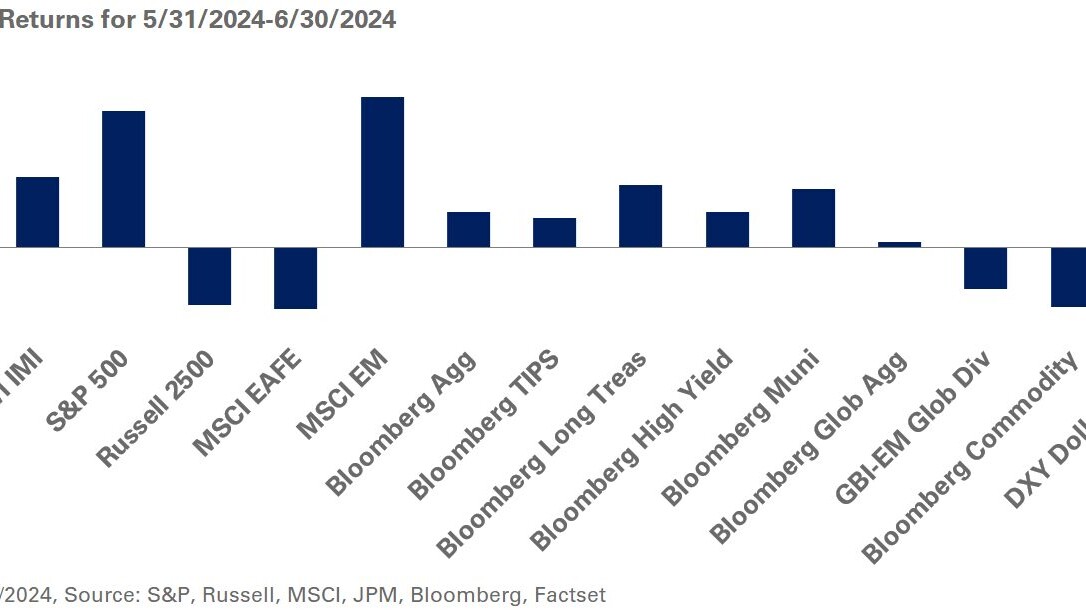Risk management objectives for corporate pension plans can change significantly and quickly, bringing to the forefront key issues such as the asset allocation policy, liquidity and hedging requirements.
In this blog, the first in a series, we highlight this decision-making process through the lens of a corporate employer—an NEPC client—that has decided to terminate its defined benefit plan. While the issues facing our client are common to many plan sponsors, we believe each plan has its own unique characteristics, goals and threshold of risk.
The Challenge
We have been working with a client whose strategy for its pension plan, until recently, was focused on long-term total returns. As a result, the portfolio included investments in hedge funds, private equity and other alternative assets in addition to traditional stocks and bonds. The plan sponsor’s investment committee intended to manage the plan as a going concern while gradually reducing risk through a glidepath once funded status improved.
However, following a series of strategic discussions, the company’s Board, in an effort to focus on core business operations, decided in 2018 to exit the pension plan in three years—by the end of 2021—through an annuity buyout to an insurer. To ready the plan for sale, contributions were approved each year until termination to facilitate getting the plan to full funding. The Investment Committee and staff were tasked with carrying out the investment and administrative responsibilities related to terminating the plan.
The Facts
Here are the key statistics for the plan:
- Plan assets: about $600 million
- Plan status: traditional, frozen
- Asset allocation: return-seeking 55%, liability-hedging 45%
- Current funded status: around 83%
- Liability duration: approximately 11 years
- Participant population: 61% retirees, 30% deferred-vested, 9% active
- Expected date for plan termination: fourth quarter of 2021
How NEPC Can Help
Given the revised goal of terminating the full plan, these are the key issues that the client and NEPC have addressed so far:
- Understanding objectives, risk tolerance and timeline: We held a series of meetings and calls with the Investment Committee, staff and the actuary to understand the goals, financial forecasts, risk tolerance and timeline for the plan termination.
- Updating the glidepath: As soon as the time horizon for investing in the plan became finite, we worked with the sponsor to implement a new glidepath with accelerated liability-hedging relative to the original glidepath. While the sponsor desires to maintain exposure to risk assets for a period throughout the de-risking process, we saw an opportunity to accelerate de-risking to better protect gains in funded status. The initial move was to increase the interest-rate hedge ratio to 55% from 33%. This involved reducing equities and adding to long-credit fixed income and STRIPS in the first half of 2018. While this initially felt like an opportunity cost, the risk reduction resulted in better protection of the funded position during the market correction in the fourth quarter than the prior target. The interest-rate hedge was moved further up to 70% in the second quarter; the glidepath triggers were changed and are now based on time and not funded status.
- Liquidity planning: With several holdings in the portfolio having monthly liquidity or longer, we need to carefully plan the implementation of immediate and future steps on the glidepath. Redemption notices were submitted to managers with longer lock-up periods, including the hedge-fund allocation. The sponsor will also be working with a secondary manager on an exit strategy for the portfolio’s holdings of private-market assets. This could be a key consideration for other plan sponsors that presently have significant allocations to illiquid strategies. While the secondary market is presently robust, early indications suggest discounts of 10% to 15% may be required to exit private-market investments.
- Adding capabilities in the LDI space: NEPC introduced a third long-duration manager to diversify the allocation and further customize the hedging portfolio across key rate durations specific to the plan’s liability as the funded level increases. The new manager will also serve as a strategic partner and lead manager to help coordinate existing manager holdings, and plan ahead to an asset-in-kind or cash termination.
- Increased frequency of monitoring funded status: Terminating a pension plan is a fluid process and, with market volatility picking up, NEPC is using RiskFirst PFaroe—a tool to monitor funded status—to provide real-time funded status estimates to help the sponsor understand the present funded position, assess risk and opportunities and help support communications related to the process.
What’s Next?
Watch this space for further updates. We will discuss additional de-risking activities, customization of the fixed-income portfolio, developments related to the unwinding of the private-markets portfolio, the process of transferring annuities, and any other key issues that may arise.
Please contact your NEPC consultant if you have any questions or would like to discuss your individual plan.



